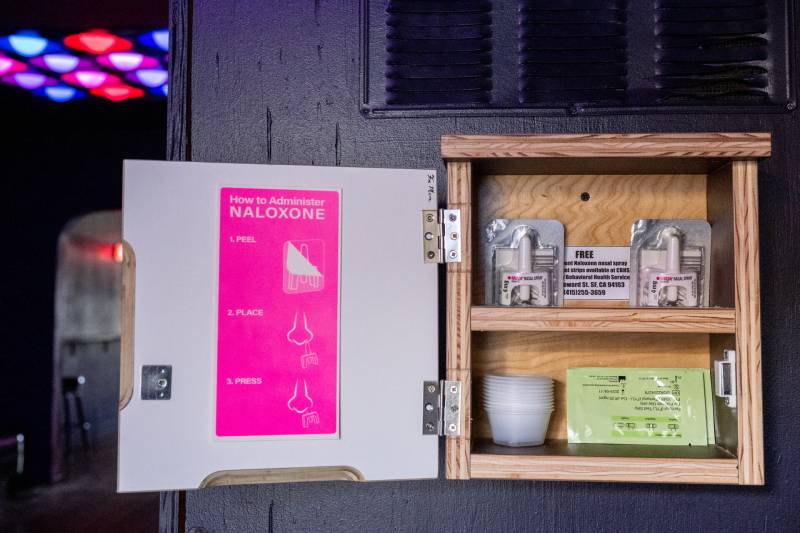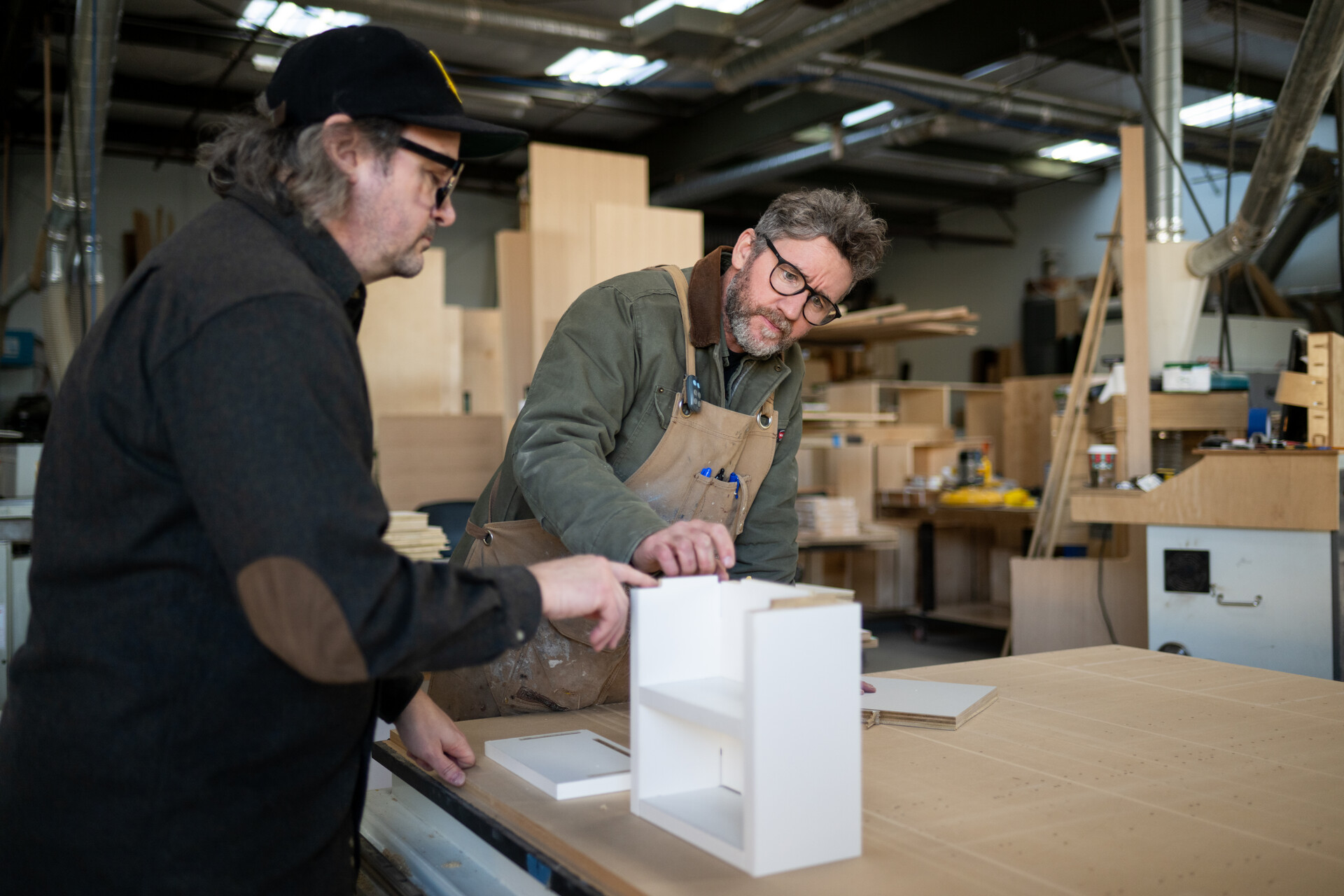Tika Hall was at a music show in San Francisco’s Mission District in February when around 10 p.m. someone yelled out, “Does anyone have Narcan?”
Hall, who is an artist, a musician and a longtime San Francisco resident, understood this meant someone had overdosed, and that their survival could depend on finding Narcan, a naloxone nasal spray that reverses opioid overdoses.
Hall and a friend ran to the nearest bar, one of the few places still open that might carry it.
“When I go into crisis mode, I get a lizard brain, and I was like, ‘What we have to do is go get this thing,’” Hall said.
When the first bar did not have Narcan, they tried the next one, The Eagle, which did. The bartender gave them the medicine, no questions asked, and the Narcan was used to revive the person who had overdosed.
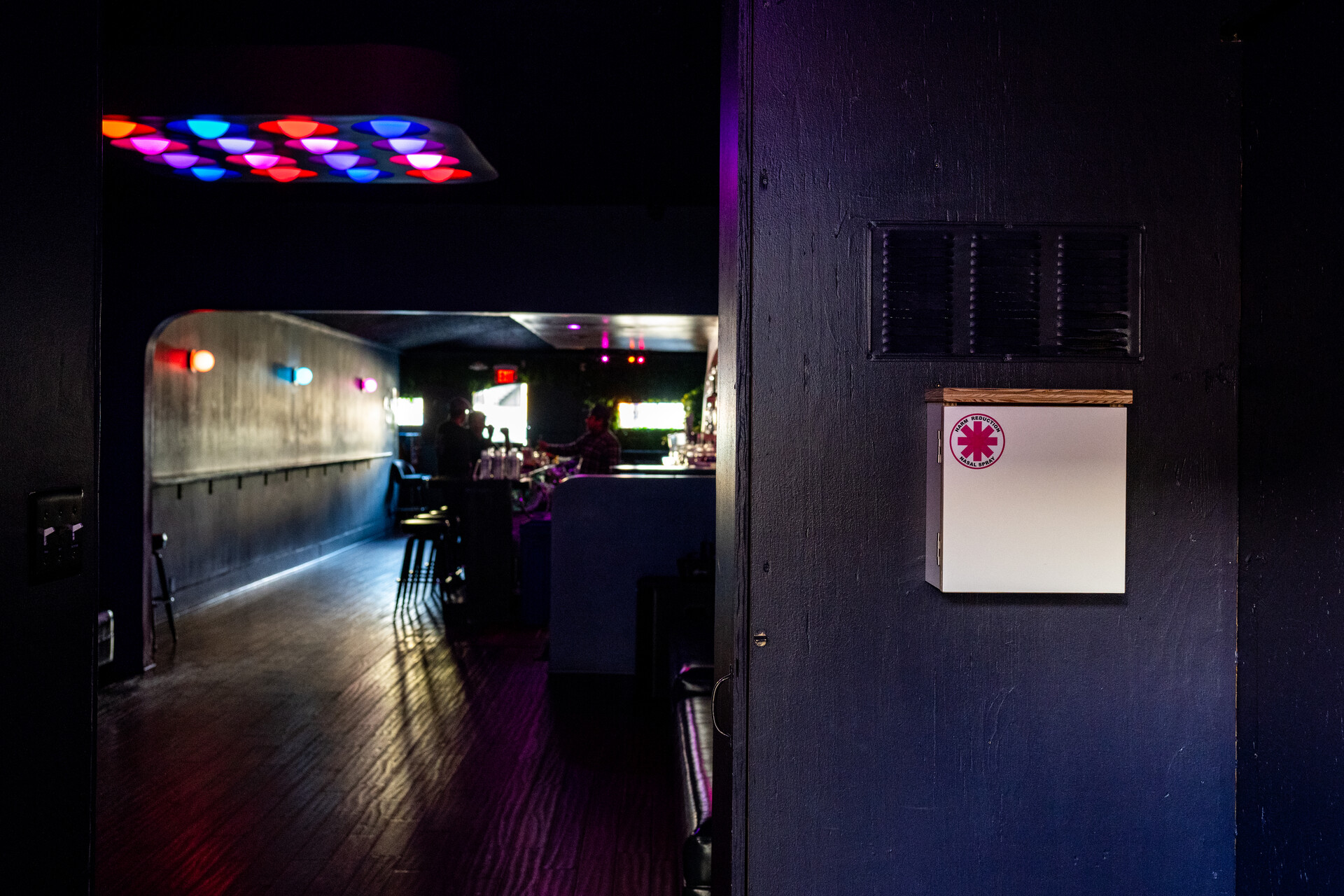
“If this had happened somewhere there wasn’t a bar that had Narcan nearby, or if this had happened during the day when a bar wasn’t open, I don’t know what would have happened,” Hall said.
Now Hall carries Narcan with her everywhere, and the incident underscores the importance of making the antidote available for the public in places like bars. Two hundred people have fatally overdosed in San Francisco in the first three months of this year (PDF), and nationwide there has been a steep rise in accidental overdoses, as other illicit drugs — like cocaine and methamphetamines — have been increasingly laced with fentanyl.
Bay Area bar owners, staff and advocates are taking the initiative to keep patrons and the community safe. The nonprofit FentCheck brings Narcan and fentanyl test strips to bars and other community spaces, and bars are stocking the life-saving medication, as well as hosting trainings on how to administer it. Those promoting harm reduction in the nightlife community say the effort has also opened up a necessary conversation about the risks and realities of drug use.
Harm-reduction boxes offer ‘a beacon for conversation’
That push to reduce stigma and save lives is why Josh Yule has been building harm-reduction boxes and delivering them to bars since December. The bright, medical-white boxes contain Narcan; a neon pink, three-step guide to administering it; and fentanyl test strips.
Yule, a former bartender at The Knockout who still books shows there, makes the boxes at a friend’s woodshop in San Leandro. Nine San Francisco establishments house the boxes so far, including The Knockout, The Phone Booth, The Make Out Room and Mothership.
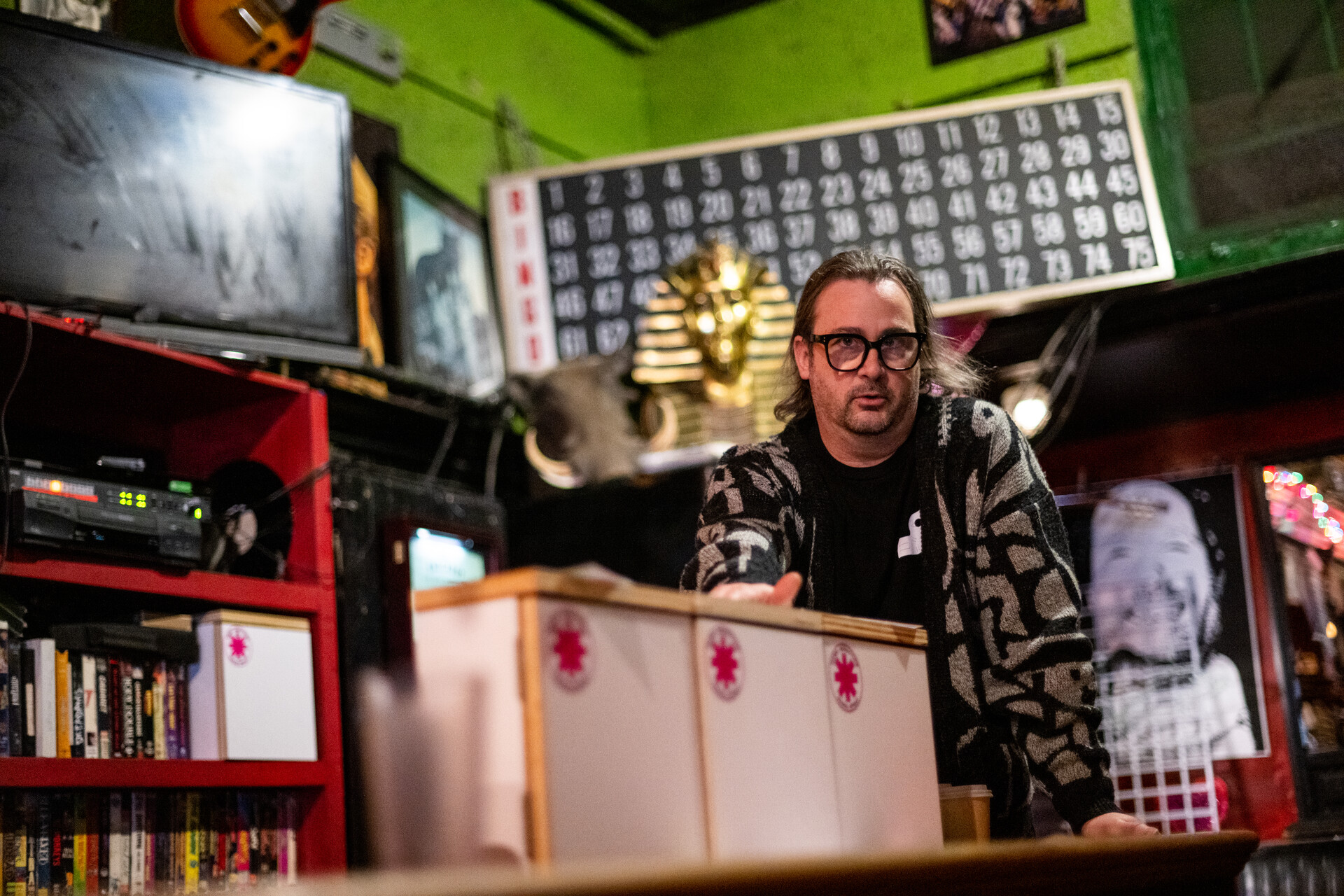
Each box is dedicated to Yule’s mother, Roberta Damron, who fatally overdosed on fentanyl in 2021. He signs the inside doors of the boxes “For Mom.”
“It is there to save a life. First and foremost, that’s what it does,” Yule said. “But it’s also there so people can talk to one another. People can feel safe that they know it’s there.”
Yule said his mother’s death, at age 66, was a shock. His mother was religious, straightlaced and hilarious.
“She was awesome,” Yule said.
He remembered how, when he was in middle school, his mom tore down a poster in his room of Sid Vicious, the bassist for The Sex Pistols who died of a drug overdose.
“She would be really embarrassed that this is how she passed away. I just know that. And I think about that often,” Yule said. “I never really understood what was going on. Maybe I didn’t really want to understand. I’m still figuring that one out.”
Yule had been studying graphic design at California College of the Arts, when he decided to pour his energy into work focused on destigmatizing opioid use disorders.
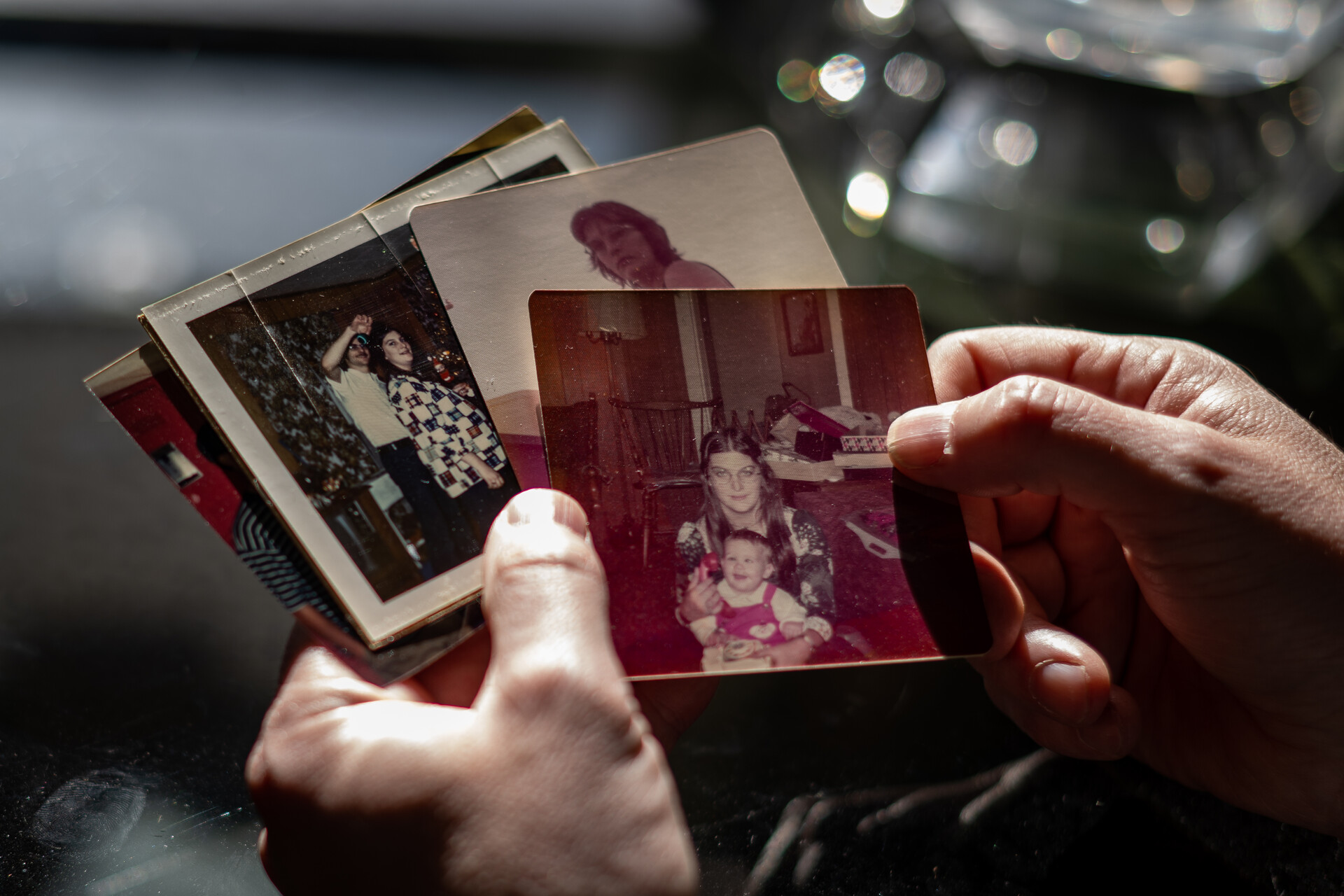
He designed posters and stickers, but also wanted to create something physical that could become a “beacon for conversation.” The harm-reduction boxes became his thesis project.
Before his mother’s death, Yule had also lost two friends to fatal overdoses.
“We should be destigmatizing this disorder. It’s the only way to get anywhere. We’re just taking baby steps,” Yule said. “I wish that there was something that beckoned me to talk to my friend, or something I had seen. Maybe he would still be around. Maybe I would have put two and two together about my mom.”
Bar staff train and prepare for emergencies
Then, last winter, bar staff and community members were pushed to action after a string of near fatal overdoses in Mission District bars. Anita Ellis, a bartender at The Phone Booth and Pop’s Bar, organized a training for any interested bartenders in learning about Narcan as well as fentanyl test strips.
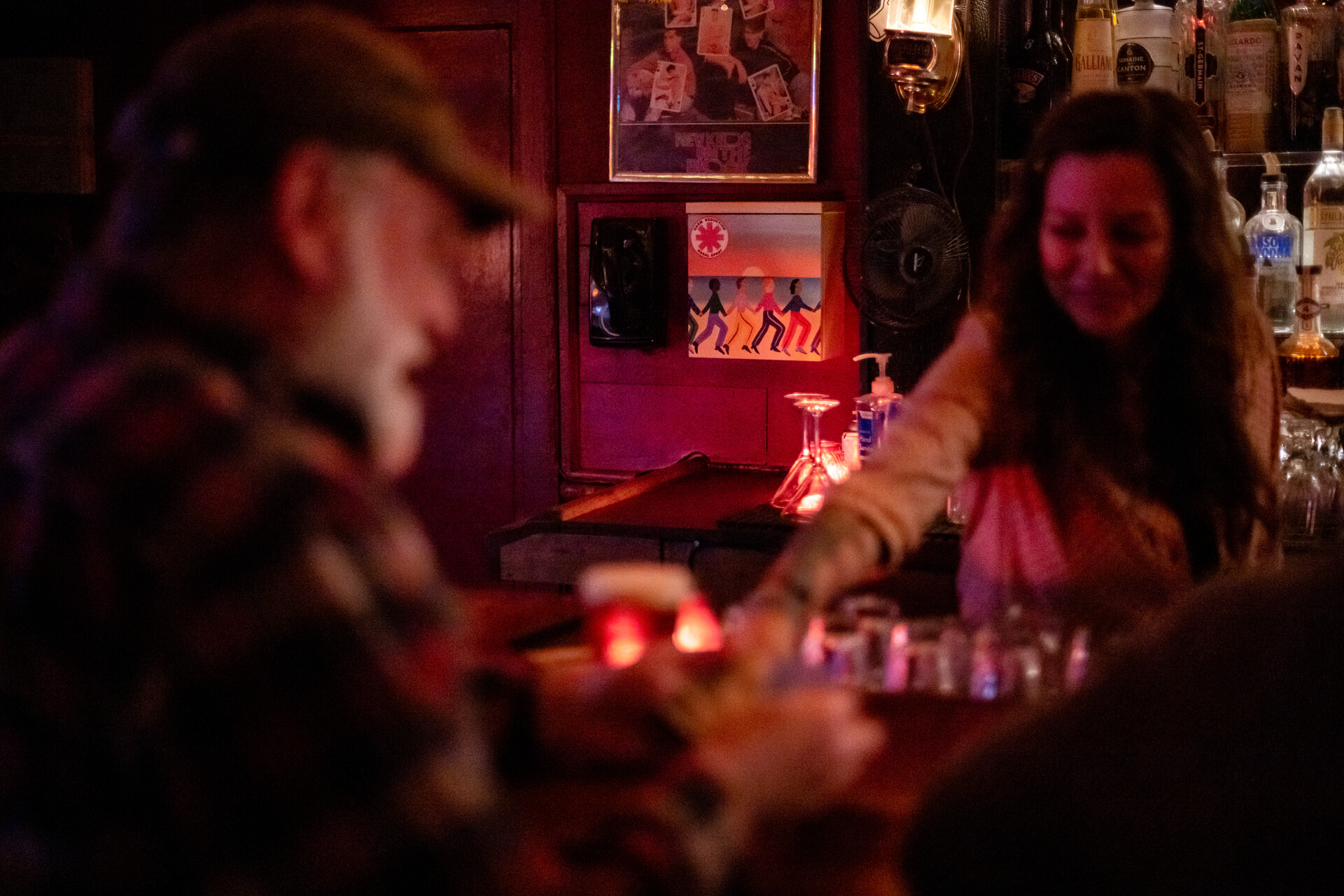
At least 50 people showed up at The Knockout for the December training, many more than a similar training Ellis had organized years before.
“I felt a lot of community spirit, this feeling of, ‘Let’s take care of one another.’” Ellis said. “The idea of somebody losing their life because they want to do a little blow in the bathroom because it’s their birthday or whatever occasion, or no occasion at all, I find that to be ludicrous. That shouldn’t be happening.”
Yule talked about the harm-reduction boxes during the event, and about 20 people signed up for them. He’s still working through that list, and more people have signed up since then. He’s also looking to expand to restaurants, and hopes to gain enough traction that the city or state takes over to continue the effort.
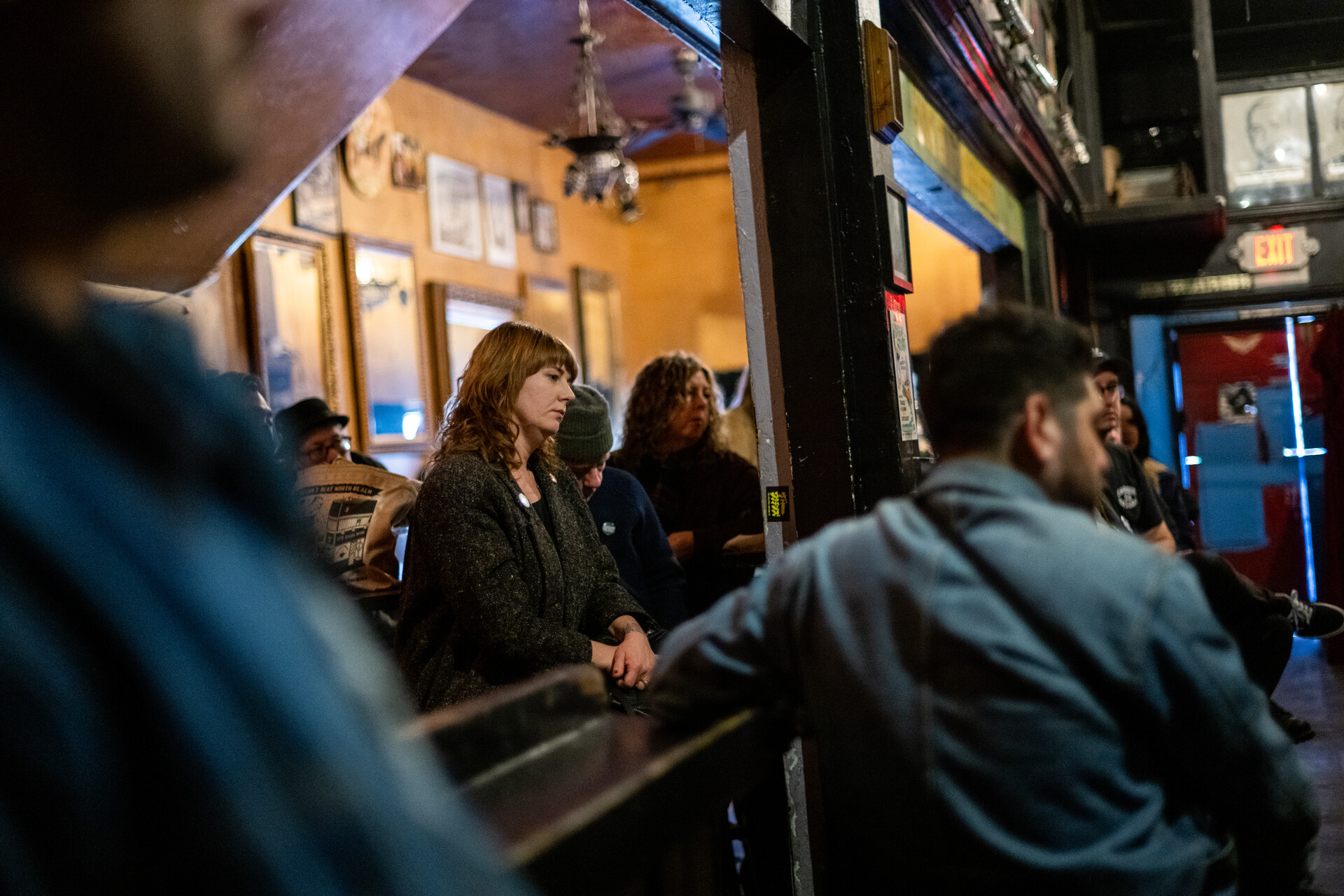
Joanna Lioce, staff manager at Vesuvio Cafe in North Beach, picked up one of the harm-reduction boxes during that training. Years before, in response to overdoses in the alley outside the bar, Vesuvio staff were trained in administering Narcan. Lioce was able to reverse an overdose in the alleyway with Narcan.
“It’s like anything — if you see someone fall in a pool and you can get out and save them, you’re going to do it,” Lioce said.
She says Narcan is essential for bars in the age of fentanyl, like carrying a fire extinguisher.
Yule’s boxes alert patrons that Narcan is available in emergencies.
“We all kind of sound like grandmas now. Like, at least me and my friends are like, ‘Back in my day, you could buy cocaine in the Tenderloin and didn’t even have to worry about it.’ Now it’s like, ‘No, you can’t do anything like that,’” Lioce said.
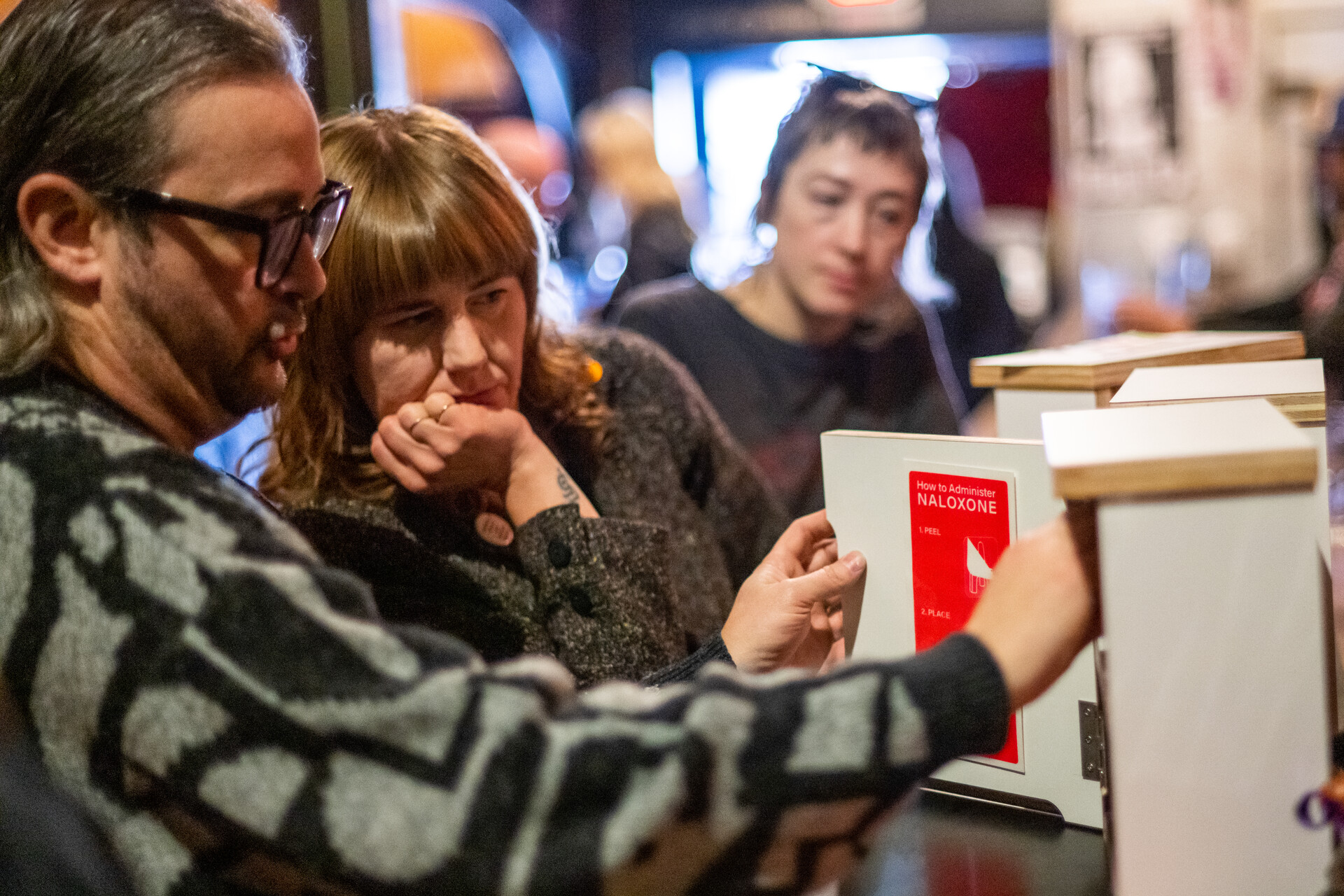
But there are still barriers to accessing Narcan for free, and Yule said one of the biggest challenges in completing his project was figuring out where to get Narcan. Now he goes to the city’s Community Behavioral Health Services pharmacy, where the public can get Narcan for free.
A potential policy solution, and barriers in supply
A bill from Assemblymember Matt Haney, Assembly Bill 24, could require libraries, gas stations, residential hotels and bars in areas hardest hit by drug overdoses to carry Narcan, or face $100 fines.
“There is enough Narcan to put in all of these establishments and also get into the hands of organizations who work directly with people who are using drugs. They really need to be in both places,” Haney said in an interview. “And we have to stop nickel-and-diming this if we are going to save lives.”
